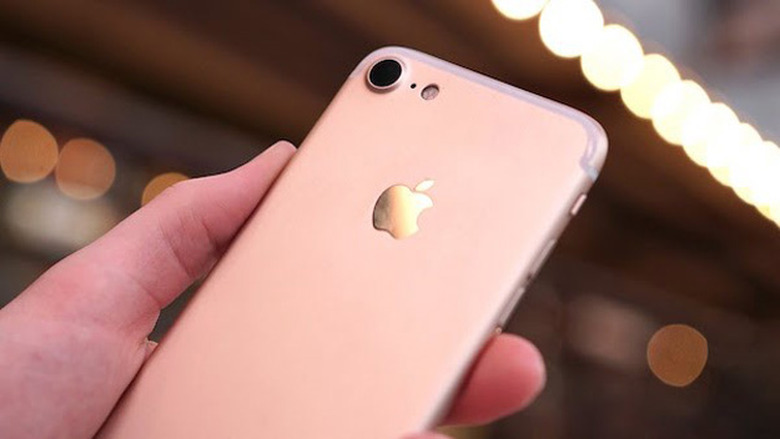Another New Report Says The 256GB iPhone 7 Of Your Dreams Is On The Way
One of the things Apple's new iPhone 7 is supposed to fix is storage. Apple is rumored to ditch the 16GB storage tier and replace it with 32GB, and some reports even claim that Apple will have 256GB iPhone 7 versions in stores, which should address all your storage needs. A new report indicates that will indeed be the case, suggesting that Apple is putting increased pressure on the NAND memory market, with suppliers raising prices as supply fails to meet demand.
DON'T MISS: I can't wait to see Apple's silly explanation for the iPhone 7's camera
According to Digitimes, there's strong demand for memory for new smartphones, "particularly the iPhone 7 featuring up to 256GB of storage." Assuming Apple's new iPhones will sell well, NAND flash prices will not drop anytime soon. But if iPhone 7 demand is lower than expected, NAND memory might be cheaper starting in the first quarter of 2017.
Samsung and SK Hynix are two major NAND flash suppliers that have raised their prices, citing a pull-in of orders from their system customers, with chip shortages being more severe than expected. This might be good news for iPhone owners looking to upgrade to the iPhone 7 this year, but Android fans expecting to see a similar bump in built-in storage might have to wait since Apple is gobbling up all the supply.
Even Samsung launched the Galaxy Note 7 only in a 64GB version, but the phone supports microSD cards of up to 256GB (technically it's up to 2TB, though 256GB is the largest available card right now), which would give users 320GB of storage on the flagship phone. It's not clear, however, whether Samsung's choice has anything to do with this NAND flash shortage.
The report does say that the NAND price increase might hinder the penetration rate of SSDs in the notebook market, affecting demand before the back-to-school season.
Apple's influence on NAND memory prices is pretty obvious. The company is a critical consumer of NAND chips, having bought 15% of the overall NAND supply in 2015 for its iPhone 6 and iPhone 6s lines.
